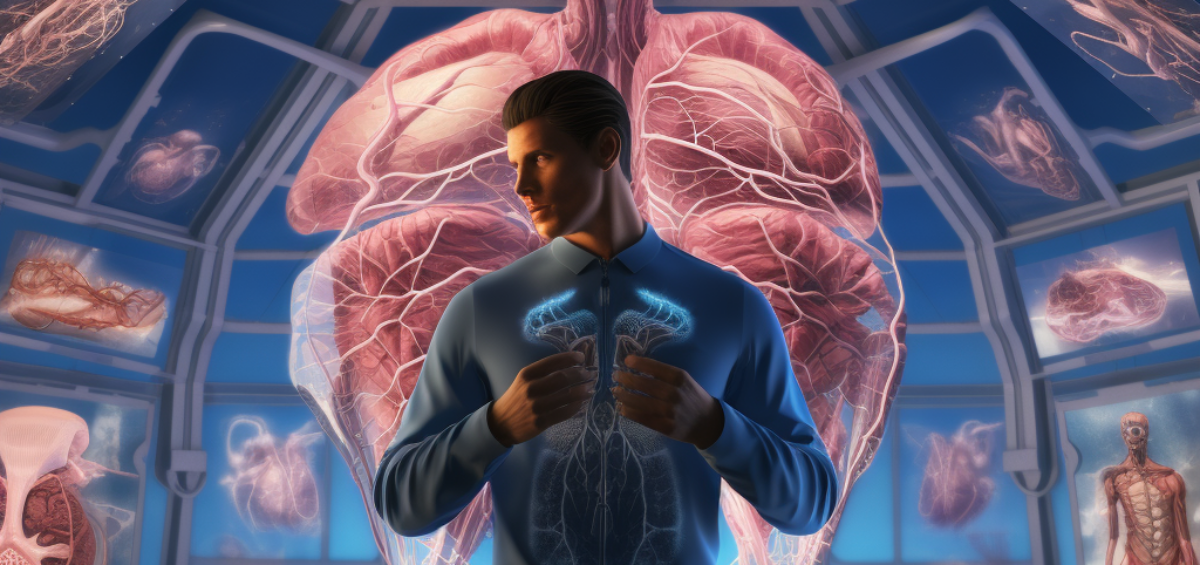From Concepts to Lifelike Illustrations: The Magic of Medical Animation
In the world of healthcare and medical education, the use of medical animation has become nothing short of magical. These animations offer a lifelike representation of complex medical concepts, making them easier to understand for both professionals and patients. They bridge the gap between theory and reality, allowing us to explore the human body, diseases, treatments, and surgical procedures in ways that static images or text alone cannot convey.
The Transformative Power of Medical Animation
The primary purpose of medical animation is to educate and communicate. Whether it’s explaining a new surgical technique, illustrating the effects of a medical condition, or simplifying drug mechanisms, these animations are invaluable tools. They transform abstract and intricate ideas into vivid, engaging, and digestible visuals.
A Closer Look at How Medical Animation Works
Step 1: Concept Development
The journey of creating a medical animation starts with the development of a clear concept. This involves collaborating with medical experts, content creators, and animators to ensure the accuracy and effectiveness of the final product.
Step 2: Storyboarding
Storyboarding is the next crucial step. Here, the creators outline the flow of the animation, deciding on scenes, characters, and visual elements. It’s akin to creating a script for a movie but focused on medical content.
Step 3: 3D Modeling and Animation
The heart of medical animation is 3D modeling. Skilled animators use state-of-the-art software to craft detailed 3D models of human anatomy, medical devices, or pharmaceutical compounds. They pay close attention to anatomical accuracy and the dynamics of physiological processes.
Step 4: Texturing and Rendering
In this phase, the 3D models are textured and undergo the rendering process. Texturing adds realistic details to the models, making them appear more lifelike. Then, the scenes are rendered to create the final high-definition visual product.
Step 5: Post-production and Sound Design
After the animation visuals are complete, post-production adds final touches. This may involve adding background music or voiceovers to enhance the educational experience.
Step 6: Distribution and Integration
The finished medical animation can be delivered through various platforms, from websites and apps to medical presentations. It’s also used in educational institutions, clinical settings, and pharmaceutical companies to aid in communication and training.
Step 7: Impact and Educational Value
The final product of medical animation is nothing short of magic. These animations are transformative in their ability to simplify complex medical concepts and convey them to various audiences.
The Significance of Medical Animation Companies
To create these magical animations, medical animation companies play a pivotal role. They are composed of multidisciplinary teams, including medical illustrators, animators, scriptwriters, and project managers. These experts collaborate closely to ensure the accuracy, scientific validity, and educational value of the animations they produce.
Real-Life Applications
Medical animation has a diverse range of applications:
- Medical Education: Medical students can study anatomical structures and disease mechanisms more effectively through interactive 3D animations.
- Patient Education: Patients can gain a better understanding of their medical conditions and treatments, which can lead to improved compliance and overall outcomes.
- Pharmaceutical Industry: Animations are used to visualize drug mechanisms, making it easier for professionals and patients to grasp.
- Medical Marketing: Medical animation is an engaging way to market medical devices, drugs, and procedures to healthcare professionals and patients.
In summary, the magic of medical animation lies in its ability to transform complex medical concepts into visually engaging and easy-to-understand animations. Medical animation companies are the conjurers behind this magic, utilizing their expertise to create educational tools that benefit professionals, patients, and the healthcare industry as a whole. The impact of medical animation is profound, revolutionizing the way we learn, teach, and communicate in the world of healthcare and medicine.
External Resource Links:




